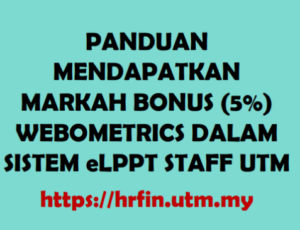This book was written by my Husband and Few MSNM Fellow.
This book has evolved from a series of lecture notes of the first author refined over the period of ten years with the co-authors. It revolves around frame structural analysis, both statics and dynamics. In Chapter 1, the book begins with the basic concepts of numerical methods before introducing the concept of Galerkin weighted residual method towards the end. Chapter 2 focuses on bar finite element. The formulation of beam element is discussed in Chapter 3. Chapter 4 discusses the concept of space orientation and the assembly of elements for plane structures (truss and frame). Chapter 5 discusses two classes of eigenvalue problems; free vibration and buckling of structures. Chapter 6 details the formulation of forced vibration of bar, beam and plane frame. In this final chapter, time discretization by finite difference method is introduced.







